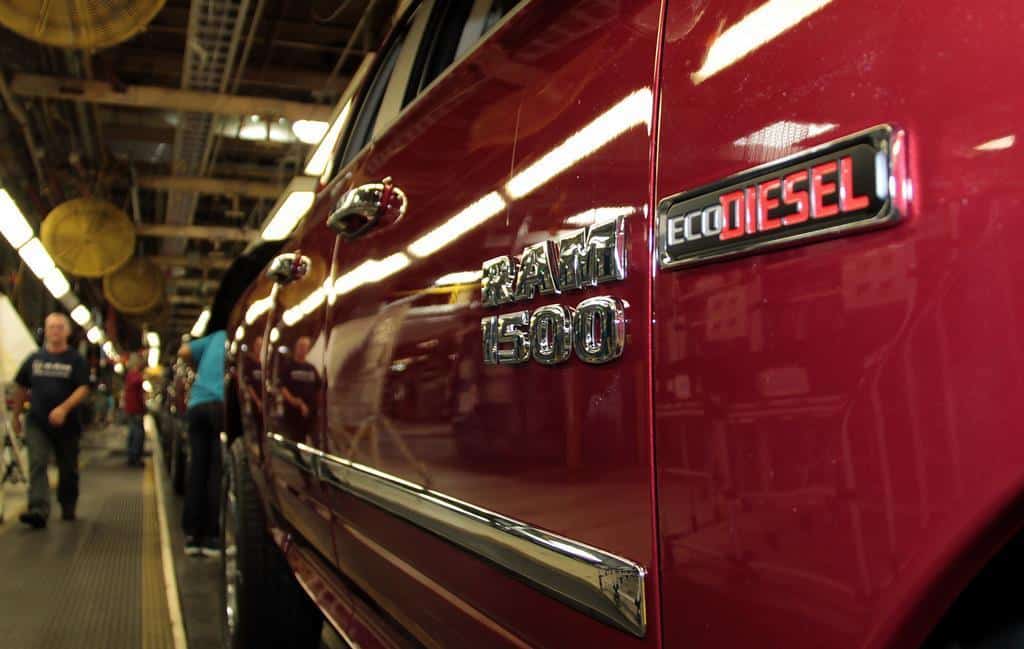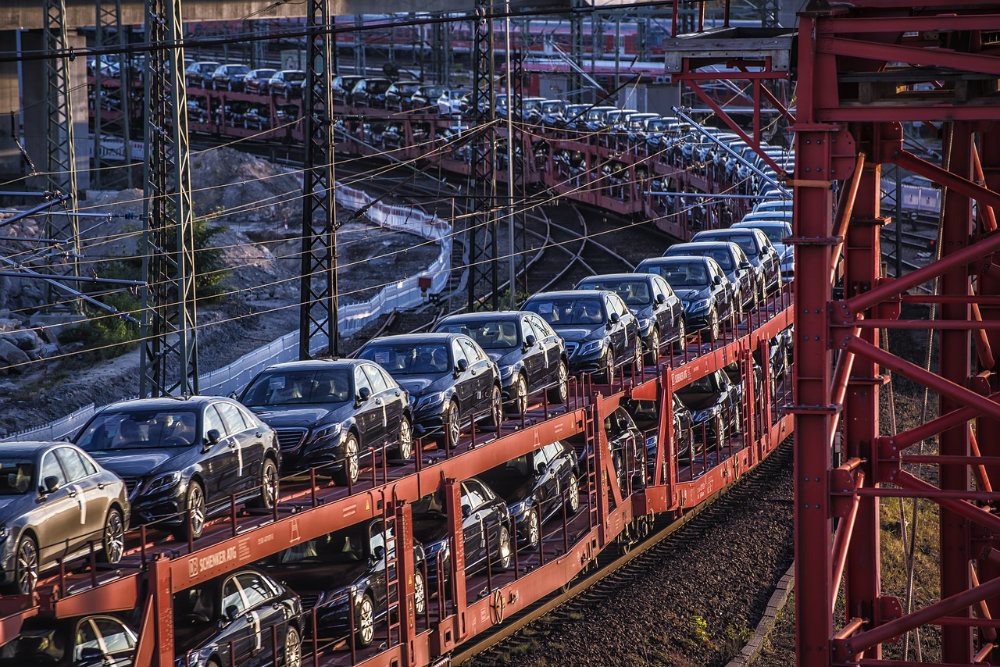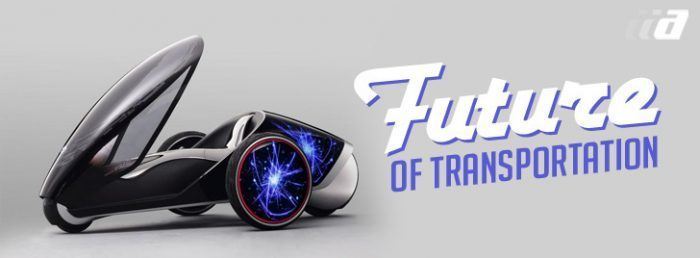In recent years, we’ve seen dramatic transformations in a variety of industries; changes triggered by developments in emerging markets, technological innovations, and a shift in consumer preferences. One of the industries affected most is automotive.
For some, that comes as no surprise. The conveniences and access to information consumers are enjoying in other areas of their lives, they’re also demanding from automakers. From flexible ownership, to automation, to transparency in manufacturing practices, consumer trends are driving changes in the automotive industry.
But how will these demands impact automakers in 2017 and beyond?
Ridesharing Services
Many of today’s consumers are treating mobility in the strictest sense of the word – they just want to get from one place to another however they can, whenever they need to. With car ownership no longer being the status symbol it once was, ridesharing is on the rise. Companies like Uber and Zipcar allow consumers to select a vehicle appropriate for their needs at that particular time. Consumers are choosing on-demand mobility options like these over ownership because of the flexibility and potential savings they provide.
In 2016, Zipcar conducted a nationwide study of 1,200 city-dwellers to gauge their attitudes and behaviors regarding work, money, lifestyle, technology, transportation, and urban citizenship.
“As a truly urban brand, it’s important for us to understand how people are living in our cities today and what’s important to them,” said Andrew Daley, Vice President of Marketing for Zipcar.
The study revealed the majority of these urbanites prioritized their mobile phones over their cars, and planned to drive less and/or give up their cars altogether in the next five years.
“Zipcar’s mission has always been to enable simple and responsible urban living, and the survey results are encouraging,” Daley said. “Urbanites are continuing to reconsider personal vehicle ownership and are beginning to embrace the idea of automated vehicles, especially sharing them.”

Autonomous Driving
Smart or connected vehicles have moved from the drawing board to the production line. Widely considered the precursor to self-driving vehicles, these advancements have given drivers a taste of autonomy through relinquished control of specific functions. For example, adaptive cruise control that reacts to traffic conditions and accident avoidance functionality are readying consumers for an automotive future that’s automatic.
For some brands, the reality of autonomous vehicles is closer than for others. Earlier this year, Ford CEO Mark Fields revealed the carmaker’s plan to introduce 13 new electric vehicles, some with self-driving capabilities, over the next five years.
“As more and more consumers around the world become interested in electrified vehicles, Ford is committed to being a leader in providing consumers with a broad range of electrified vehicles, services, and solutions that make people’s lives better,” Fields said. “Our investments and expanding lineup reflect our view that global offerings of electrified vehicles will exceed gasoline-powered vehicles within the next 15 years.”
Process & Practices
As with many industries, automotive consumers have a growing desire to gain an understanding into the processes behind the production – often to ensure safe and sustainable practices are used. More than ever before, customers are focused on the environmental impact of their cars, and greater pressure is being put on automakers to develop more fuel-efficient engines, greater safety features, and alternative powertrains.
It’s a desire for improvement and transparency that every automaker should be prepared for.

Buying Versus Leasing
In the past few years, consumer leasing in the United States has risen higher than at any point in more than a decade. For many consumers – but particularly Millennials – monthly charges for everything from rent to phones to vehicles are just part of life. But technology may also be driving the trending lease increase. It seems like a new feature is introduced with each new vehicle release.
“What’s offered inside a car these days is changing so rapidly that some consumers don’t feel they want to be tied down to one vehicle for the next 10 years,” said Alec Gutierrez, Senior Analyst at Kelley Blue Book. “By flipping a vehicle lease every year or two, consumers are able to keep up with automotive tech, trends, and tastes.”
These four trends will absolutely impact how automotive professionals operate in the next few years. Stricter requirements and more knowledgeable consumers will change and influence the industry as we know it.
Scott McLaren is CMO for Fortegra Financial Corporation (a Tiptree Inc. company). Fortegra and its subsidiaries comprise a single-source insurance services provider with a range of consumer protection options including warranty solutions, credit insurance, and specialty underwriting programs.
Cover Photo: Mario Ohibsky



